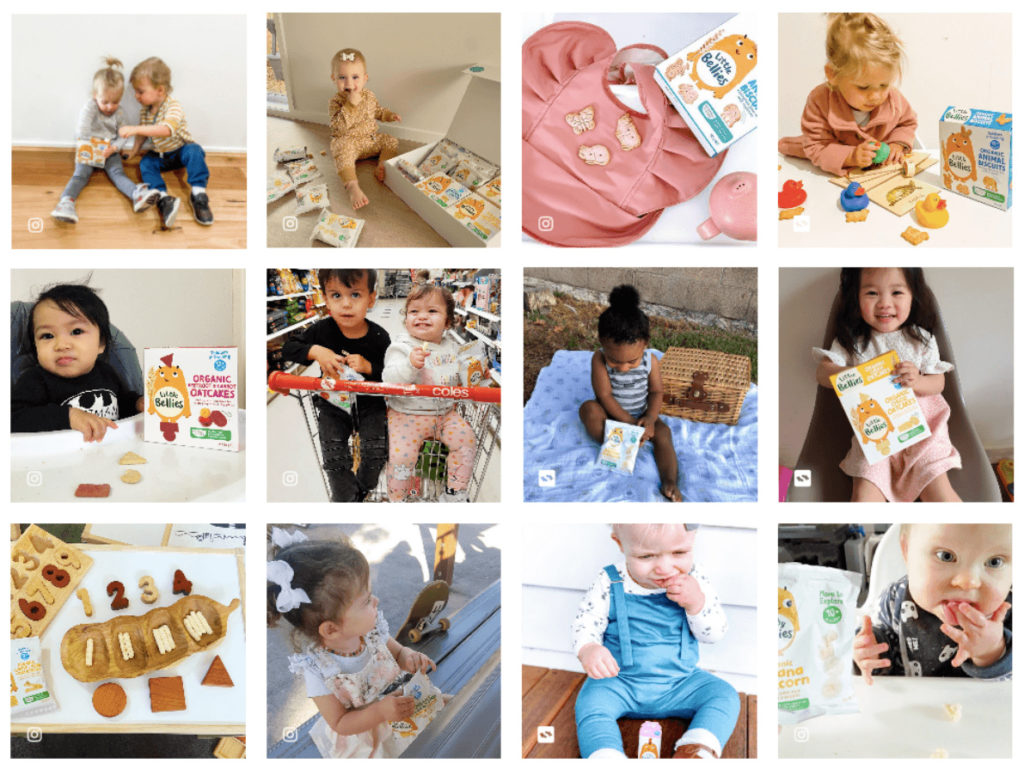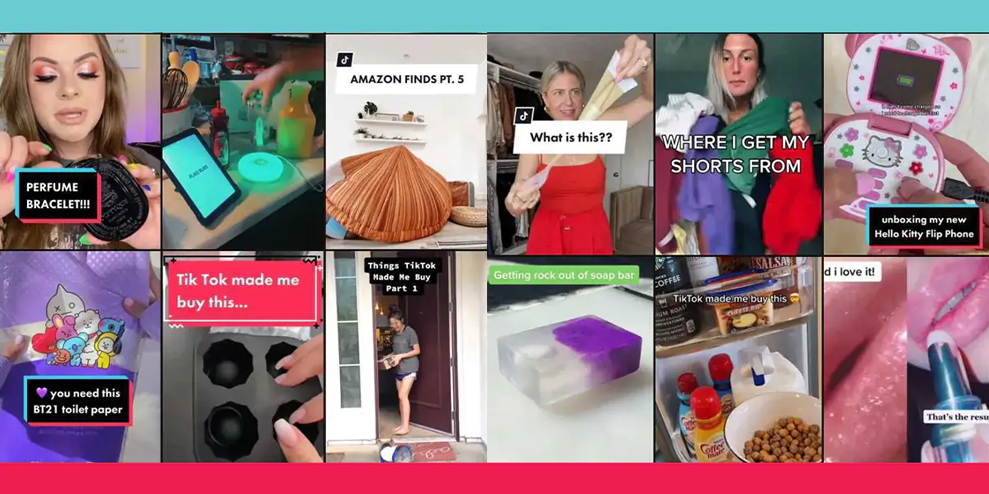UGC controls modern-day purchasing decisions
By the end of his Aug. 30 evening shift at a Target in Chicago, Jaden Hamilton had successfully positioned himself for internet fame. He headed to a nearby Walmart at dusk, stole one of the store’s shopping carts and announced on TikTok that he would be “holding it hostage.”
The video, which has now been viewed more than 34 million times, received reactions from a slew of brands in the TikTok comment section. Tinder called Hamilton “our generation’s trojan horse;” Trojan Condoms admitted “We’re here to stir the pot;” and Burlington Coat Factory added, “We are so happy our carts lock when you exit our stores.”
This shopping cart saga speaks to a greater trend across social platforms: brands are tweaking their marketing strategies to engage with, adapt to and embrace user-generated content. Marketers are paying attention to UGC and respecting users’ demand for untouched material with comedic, informational or emotional value. By boosting posts created by regular people, brands are breaking down the barriers between corporations and their audiences while collecting real-time consumer feedback.
“User-generated content stands alone as being one of the only ways a brand and the consumer can have a two-sided conversation,” said Thomas Brazier, creative director at agency Carson+Doyle, who added that UGC connects consumers and companies on a more “personal and grassroots level.”
Rethinking the influencer image
Today’s consumers are particularly sensitive to branded content. It has become increasingly difficult to differentiate organic and paid posts, and when creators on TikTok make an unpaid product recommendation, they often preface their content with the line, “I promise this isn’t sponsored.”
A report from UGC company Stackla found that 80% of consumers say their purchasing decisions are impacted by content made by average people, while only 10% stated that influencer content resonates with them as authentic. Software company Bazaarvoice found that two-thirds of consumers turn to UGC over influencer content when looking for recommendations.
“Our survey shows that brands need to take a more authentic and customer-centric approach to marketing,” said Damien Mahoney, CEO and co-founder at Stackla. “UGC is the ultimate way to do that.”
The power of user-generated content is evident to Infinite Objects, a printable video brand that has gone viral on TikTok through organic posts. According to chief operating officer Roxy Fata, the brand saw its single largest sales date double after one customer posted a video of his printed video without even tagging Infinite Objects. The creator, @jeansfordinner, has since deleted the post, but he now has 56 thousand followers on TikTok. Before his first video that included an Infinite Objects product reached 13 million views, he only had a few hundred views on his content, according to Fata.

“It’s so interesting to see that organic posts are so much more successful in terms of actual conversion,” she said. “People who grew up in the internet age are demanding that type of authenticity.”
Infinite Objects’ TikTok page contains both original content and reposts from real customers—each order includes a note with a reminder to the customer to share their unboxing on social media. According to Fata, truly embracing user-generated content means that brands take a more relaxed approached to marketing by reposting material that may be low-fi and unpolished.
“Sometimes our designer will put all this effort in and make this amazing asset, but people will always gravitate towards stuff that feels like it could be done by them,” she said.
Convincing consumers to create UGC
Stackla also found that 58% of consumers are willing to grant a brand permission to use their content in marketing campaigns, which brands on TikTok can now take advantage of through the Spark Ads feature. But not every brand is lucky enough to organically collect UGC on TikTok, and according to Brazier, this is where hashtag challenges and social media contests come into play.
“We’ve noticed a substantial trend that UGC content repurposed across our social channels is consistently among our top performing,” said baby food brand Little Bellies, which has encouraged parents to share their baby photos through its #letsplaywithfood hashtag.

Since the beginning of the pandemic, Trek Bikes has been encouraging consumers to share photos of their biking trips under the hashtag #GoByBike. This content does not typically endorse Trek products over any other bike brand, but Trek has tapped Stackla to gain the rights to thousands of these Instagram posts. According to communications manager Haley Ludwick, they have elevated the brand’s social media and newsletter content by driving community engagement.
“When planning Trek’s #GoByBike campaign, we researched other successful marketing campaigns that influenced people’s behavior and found that the common denominator was user-generated content,” she said in a statement.
The push for user-generated content over calculated influencer posts indicates that consumers are becoming more thoughtful with their purchasing decisions. If brands are going to have a presence on today’s social media platforms, users expect them to be nimble, honest and unafraid to let creators take the lead on content.
“UGC might reach fewer people but have more of an impact,” said Brazier. “Inspiring consumers to join in on the fun or creativity, rather than to go make a purchase, builds a much more enduring and engaged consumer base.”
…
This article first appeared in www.adweek.com
Seeking to build and grow your brand using the force of consumer insight, strategic foresight, creative disruption and technology prowess? Talk to us at +971 50 6254340 or mail: engage@groupisd.com or visit www.groupisd.com/story


